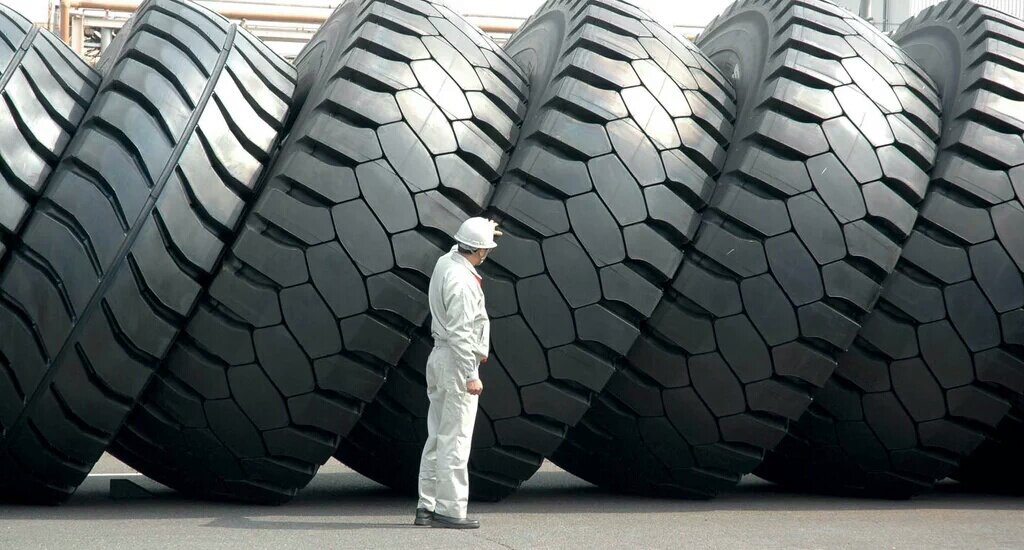- Joined
- Jul 1, 2013
- Messages
- 3,092
- Country Flag
Hi,
I have been looking at tyres and came across the LT varients that the toyota gib guys seem to use often. Incestigating a bit and it looks to be a 'light truck' tyre series. The only difference between say the 235/85r16 and the LT235/85r16 is that the LT is rated at 80psi max with the normal tyre being much less.
So I am guessing there is a difference in ride, sidewall, wet performance and noise etc, but I cant find much info on this. Anyone have experiemce experience running their cruiser on a LT tyre ?
Regards
I have been looking at tyres and came across the LT varients that the toyota gib guys seem to use often. Incestigating a bit and it looks to be a 'light truck' tyre series. The only difference between say the 235/85r16 and the LT235/85r16 is that the LT is rated at 80psi max with the normal tyre being much less.
So I am guessing there is a difference in ride, sidewall, wet performance and noise etc, but I cant find much info on this. Anyone have experiemce experience running their cruiser on a LT tyre ?
Regards






